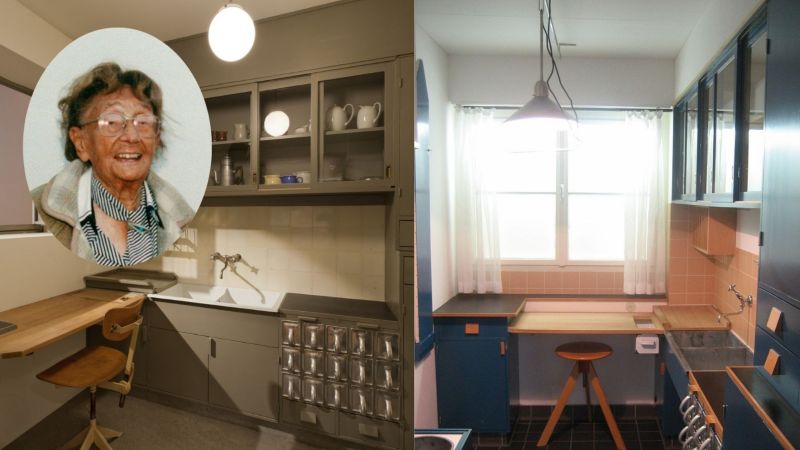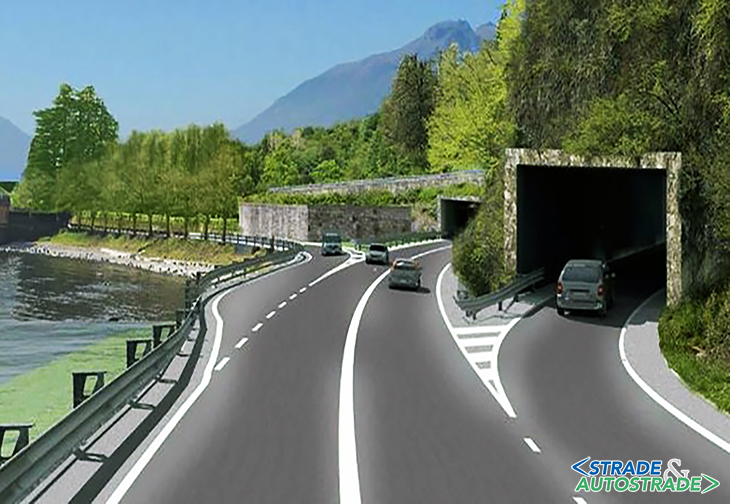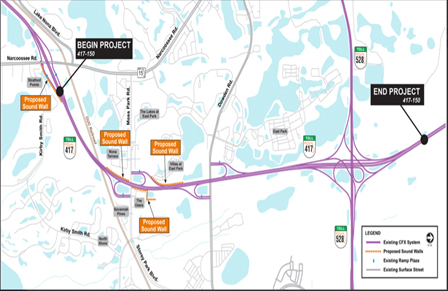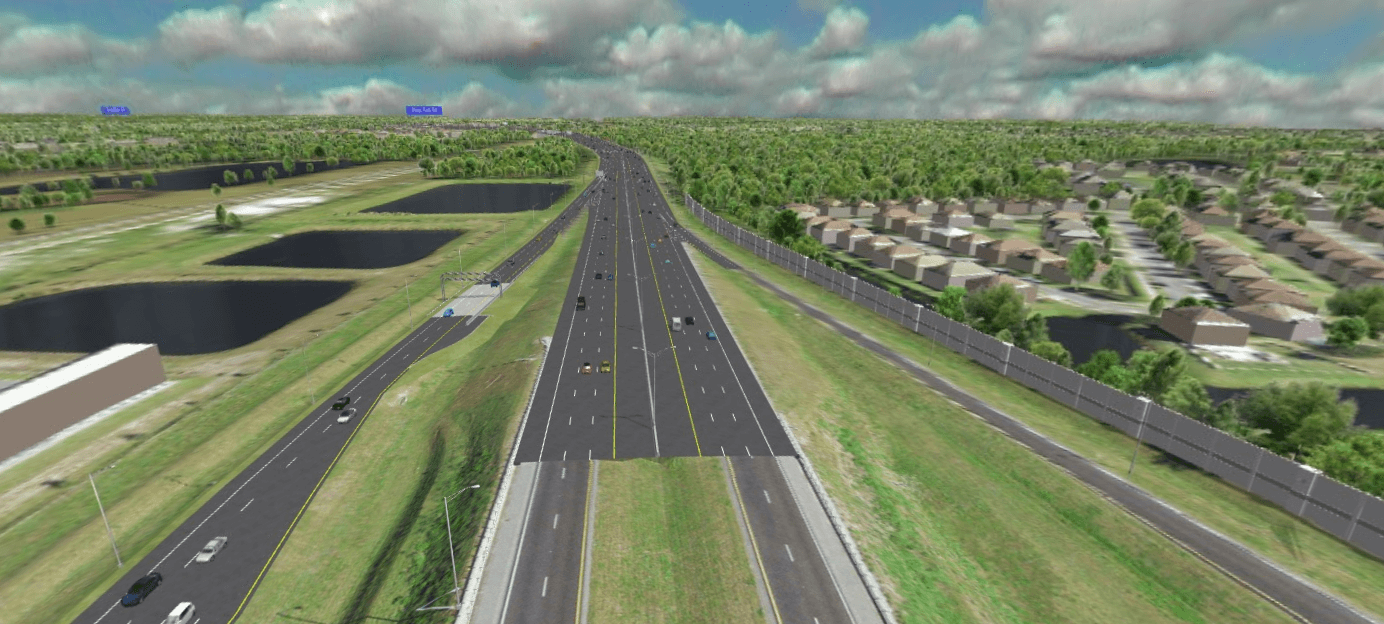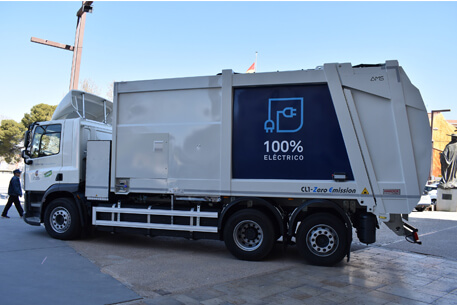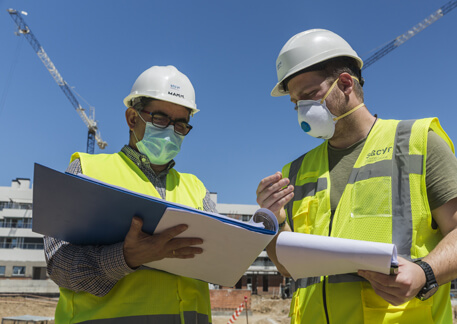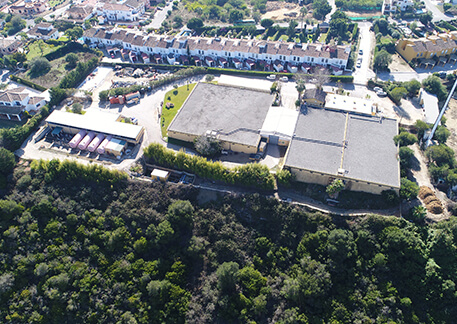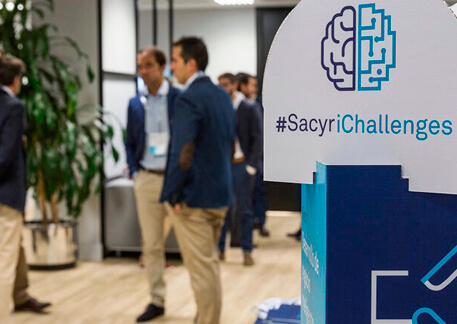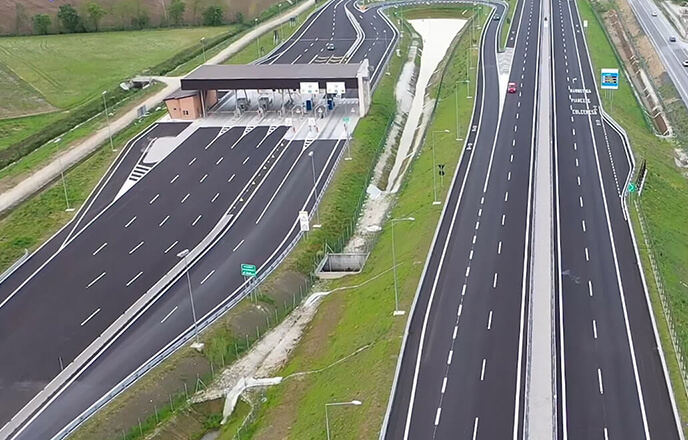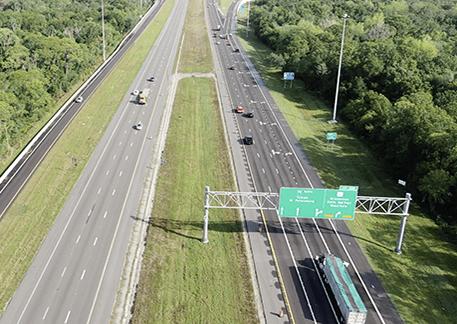ISABEL RUBIO ARROYO | Tungsteno
Margarete Schütte-Lihotzky didn’t just design the modern kitchen—she envisioned a more efficient home and a future where women would have more time to themselves. With her iconic 1927 Frankfurt Kitchen, she sought to optimise every movement within the home. Her design introduced features we now take for granted, such as continuous countertops, well-organised drawers, and a meticulously planned workflow. Yet what began as a symbol of female emancipation, intended to free women from endless domestic labour, was eventually criticised as a space that isolated and confined them instead.
"You can kill a person with an apartment."
Schütte-Lihotzky was one of the first women in Austria to graduate in architecture. Although her family held progressive views for the time, they initially disapproved of her career choice, believing that no one would hire a woman to design a house in 1916. Her interest in social housing arose after observing the harsh living conditions of Vienna’s working class. She witnessed nine people sharing a single room and tenants subletting beds for a few hours a day. "You can kill a person with an apartment just as well as with an axe," wrote the German artist Heinrich Zille, a quote that the architect would later include in her own memoirs.
Following the First World War, Germany faced a severe housing shortage, leading to large-scale social housing projects for working-class families. At that time, workers' homes typically had only two main rooms: one served as the space for cooking, bathing, eating and sleeping, and the other functioned as a living area. This layout resulted in poor hygiene and a lack of functional differentiation between the work area and the relaxation area. Schütte-Lihotzky designed the Frankfurt Kitchen as part of an affordable public housing programme. Her goal was to streamline domestic work and reduce the time women spent on kitchen tasks.
The iconic Frankfurt Kitchen. Credit: The Design Museum
The prototype of the modern kitchen
The Frankfurt Kitchen came to be recognised as the prototype of the modern fitted kitchen and as one of the greatest revolutions in 20th-century social housing design. It introduced features that are now standard, such as continuous worktops, tiled splashbacks, built-in drawers, and storage-optimised cabinets. The design featured a sliding door to separate the kitchen from the living room. To maximise efficiency, Schütte-Lihotzky based her layout on studies and interviews with housewives, aiming to minimise unnecessary movement within the space. The kitchen was designed so efficiently that a woman could move from the sink to the stove without taking a single step.
Around 10,000 units of the Frankfurt Kitchen were built for the social housing projects designed by architect Ernst May. Today, original examples can be seen in museums around the world, including the MoMA in New York. For Schütte-Lihotzky, the real goal of this kitchen design was to promote social reform and contribute to the emancipation of women by reducing the burden of unpaid domestic labour. Her intention was to give women more time for education, work, and leisure.
The Frankfurt Kitchen at the MoMA museum. Credit: The Museum of Modern Art
However, over time, that vision came under criticism. Beginning in the 1970s, some feminist movements argued that that, far from liberating women, the kitchen had in fact become a space of confinement, designed exclusively for women's work. Its compact size and tight proportions, intended to reduce costs and optimise movement, meant that it was impossible for more than one person to use the space comfortably. This inadvertently reinforced the notion of the kitchen as a private and solitary realm reserved solely for women.
An overshadowed legacy
Schütte-Lihotzky took her social commitment beyond architecture, becoming actively involved in politics and the anti-fascist resistance. She joined the Austrian Communist Party in 1938 and was arrested by the Gestapo in 1941. Her ideals brought her professional hardships in Cold War-era Austria, and in 1988 she rejected the Austrian Medal for Science and Art in protest against what she saw as the sitting president's complicity in Nazi war crimes.
Her other projects—often overshadowed by the Frankfurt Kitchen—included the design of flats for single working women and groundbreaking innovation in educational spaces. She designed kindergartens using a modular construction system that included cots, changing tables, chairs, desks, and other objects that made the space more flexible. Schütte-Lihotzky died in 2000 at the age of 102. Although the Frankfurt Kitchen remained her most famous work, she ultimately regretted that it had come to define her legacy. At the age of 101, she exclaimed, "If I had known that everyone would keep talking about nothing else, I would never have built that damned kitchen!"
Tungsten is a journalistic laboratory that explores the essence of innovation.
